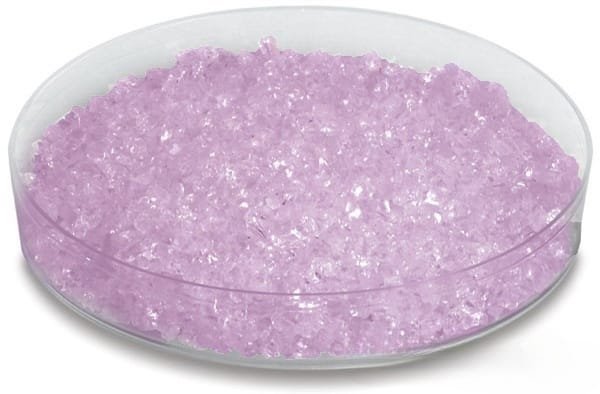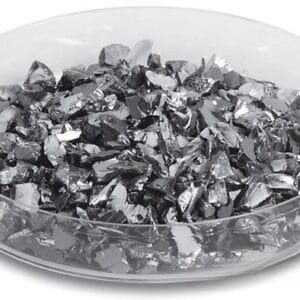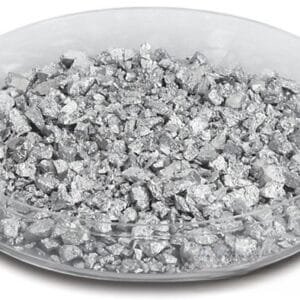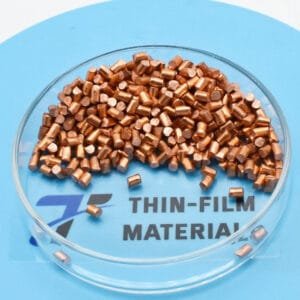Manganese(II) Fluoride Evaporation Materials by TFM
Manganese(II) fluoride evaporation materials from TFM are high-purity fluoride ceramics, represented by the chemical formula MnF2. These materials are essential in deposition processes, where they contribute to the formation of high-quality thin films. TFM specializes in delivering MnF2 evaporation materials with purities as high as 99.9995%, utilizing advanced quality assurance processes to ensure consistent performance and reliability.
Related Products
Manganese(II) Fluoride Evaporation Materials Specification
| Material Type | Manganese(II) Fluoride |
| Symbol | MnF2 |
| Appearance/Color | Pale pink crystalline |
| Melting Point | 856 °C (1,573 °F; 1,129 K) |
| Density | 3.98 g/cm3 |
| Purity | 99.9% |
| Shape | Powder/ Granule/ Custom-made |
Applications of Manganese(II) Fluoride Evaporation Materials
Manganese(II) fluoride evaporation materials are widely used in various deposition processes, including semiconductor deposition, chemical vapor deposition (CVD), and physical vapor deposition (PVD). They are particularly valued in optical applications for wear protection, decorative coatings, and display technologies, thanks to their excellent optical and material properties.
Packaging of Manganese(II) Fluoride Evaporation Materials
At TFM, all manganese(II) fluoride evaporation materials are securely packaged and clearly labeled to ensure proper identification and strict quality control. We take great care to prevent any potential damage during storage or transportation, ensuring the materials reach their destination in top condition.
Get in Touch
TFM is a leading provider of high-purity manganese(II) fluoride evaporation materials. We offer a variety of shapes, including tablets, granules, rods, and wires. Custom shapes and quantities are also available upon request. In addition, we supply a range of evaporation sources, such as boats, filaments, crucibles, heaters, and e-beam crucible liners. Please contact us for current pricing or information on additional materials that may not be listed.


 MSDS File
MSDS File



Reviews
There are no reviews yet.